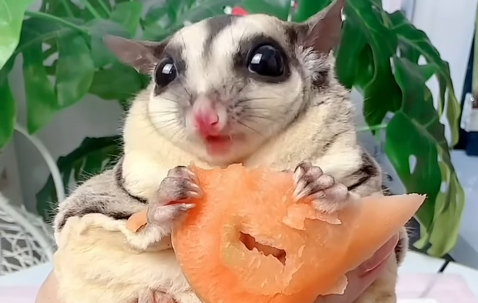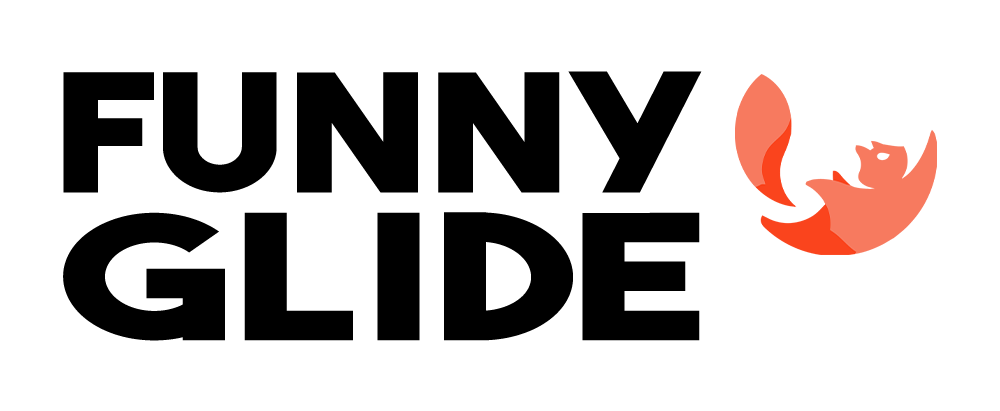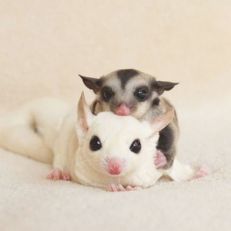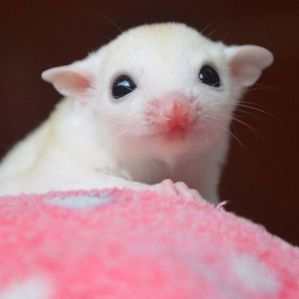
What vegetables can sugar gliders eat? Important notes when feeding Sugar Gliders vegetables
What vegetables can sugar gliders eat? In their endeavor to give these intriguing animals the best possible diet, many pet owners wonder about everything. While sugar gliders do best on a diversified diet, it’s important to know which veggies are safe and which ones will help them thrive. To make sure your sugar glider is getting a balanced and nutritious diet, we’ll go over some crucial factors, feeding standards, and the best vegetables to give them in this post.
1. What vegetables can sugar gliders eat and it’s benefit
Below is a list of safe vegetables that you may feed your sugar gliders and its benefits:
|
Vegetables |
Benefit |
| Alfalfa Sprouts |
|
| Artichoke |
|
| Asparagus |
|
| Bamboo Shoots |
|
| Beet Greens |
|
| Beets (cooked and blended) |
|
| Bell Peppers |
|
| Brussels Sprouts |
|
| Bok Choy |
|
| Black Eyed Peas |
|
| Broccoli (feed in moderation) |
|
| Cabbage (red) |
|
| Carrots |
|
| Cauliflower (feed in moderation) |
|
| Coriander |
|
| Corn (cooked) |
|
| Celery |
|
| Chicory Greens |
|
| Chinese Cabbage |
|
| Collard Greens |
|
| Chick Peas |
|
| Cucumber |
|
| Dandelion Greens |
|
| Eggplant (cooked) |
|
| French Beans |
|
| Ginger Root |
|
| Green Beans |
|
| Jicama |
|
| Kale |
|
| Lettuce |
|
| Mustard Greens |
|
| Okra |
|
| Peas |
|
| Pumpkin (cooked) |
|
| Sweet potato |
|
| Radish |
|
| Rutabagas |
|
| Okra |
|
| Yellow Squash |
|
| Spinach |
|
| Snow Peas |
|
| Turnip (cooked) |
|
| Turnip Greens |
|
| Watercress |
|
| Yams |
|
| Yellow Wax Beans |
|
| Zucchini |
|
>>> Read more:
– What Fruits Can Sugar Gliders Eat? Detailed nutrition guide
– What Insects Do Sugar Gliders Eat? A Complete Feeding Guide
2. What vegetables should be avoided for Sugar Gliders?
When feeding sugar gliders, some vegetables should be avoided due to their potential negative effects on health. Here’s a list of vegetables that are generally best avoided for sugar gliders:
- Onions and Garlic: Both onions and garlic contain compounds that can cause gastrointestinal distress and even toxicity in sugar gliders. They may lead to anemia and other health issues.
- Leeks and Chives: These vegetables belong to the same family as onions and garlic and contain similar compounds that can be harmful to sugar gliders, potentially leading to digestive upset and toxicity.
- Peppers: Spicy peppers should be avoided as they can irritate a sugar glider’s digestive tract.
3. Advice on feeding vegetables to Sugar Gliders
– Calcium/Phosphorus Balance:
- Most fruits and veggies are good for gliders, but it’s all about balance. Some can leech calcium from bones, so the calcium: phosphorus ratio in their diet NEEDS to be 2:1.
- This means twice as much calcium as phosphorus in their dinner every night, or they risk calcium deficiency.
- But like humans, too much calcium can be just as bad as not enough. Overloading them with high-calcium foods (e.g., a 4:1 ratio) can strain their kidneys.
– Cleanliness: Before feeding your flying squirrel, wash vegetables thoroughly under running water to remove dirt, pesticides, and other contaminants.
– Appropriate size: Cut vegetables into bite-sized pieces to avoid choking or indigestion.
Introduce slowly: When introducing a new vegetable to your flying squirrel’s diet, feed a small amount first to monitor their reaction. If there are no signs of allergies or diarrhea, you can gradually increase the amount of that vegetable.
– Variety: Flying squirrels need a varied diet, so feed them a variety of vegetables to ensure they get all the necessary vitamins and minerals.
In summary, knowing what vegetables can sugar gliders eat is essential to keeping your pet healthy and content. By choosing safe, nutritious options and being mindful of their dietary needs, you can create a diet that supports their energy and vitality. Remember, a balanced approach not only enhances their well-being but also strengthens the bond you share with your furry companion.




